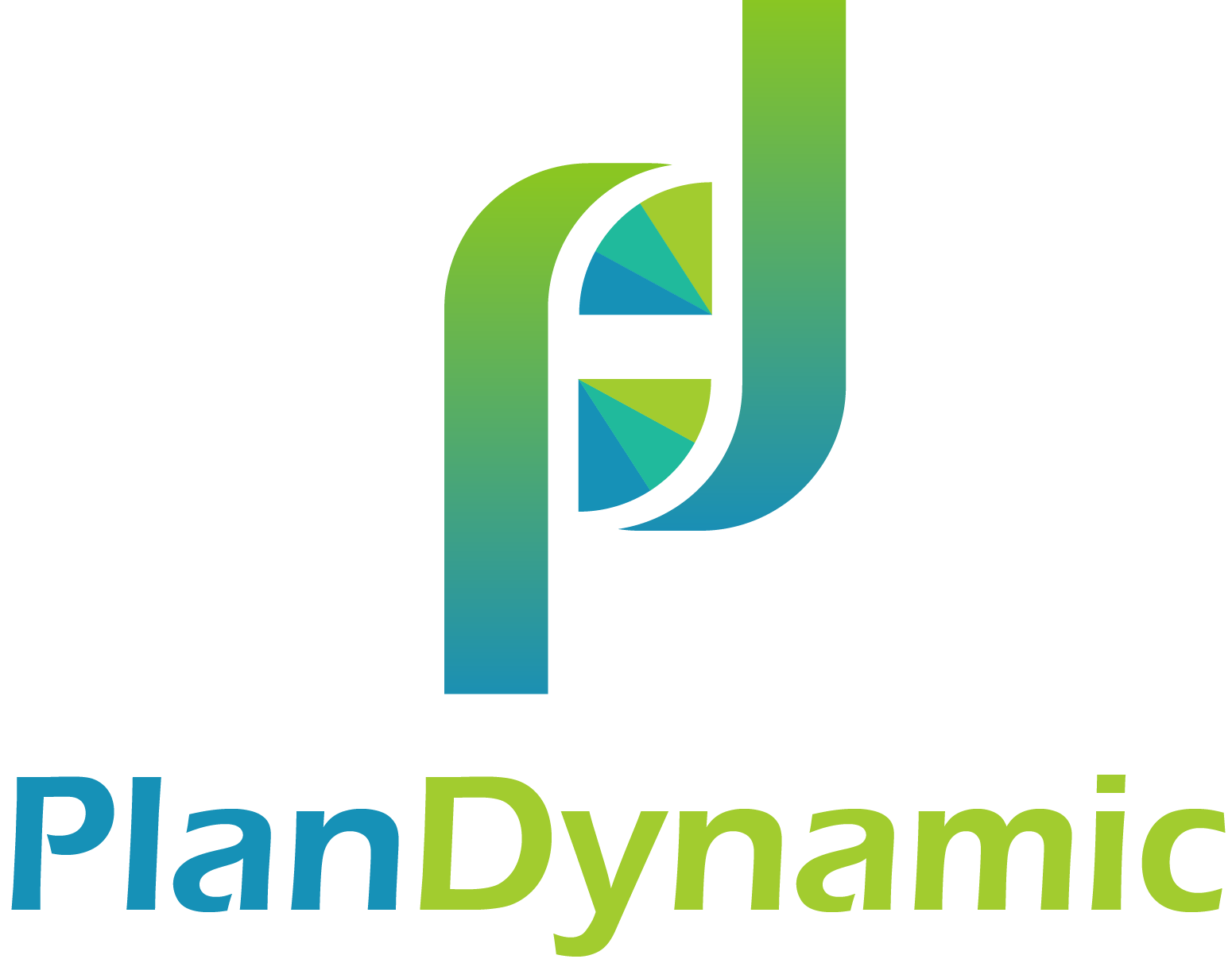When Markets Give You Lemons, Make Roth Conversion
US equities markets are down considerably in 2022 with S&P 500 Index -23.9% and tech-laden Nasdaq -34.0% year-to-date through October 16 (YTD 10/16).
At least there’s the US bond market to help protect. Oh wait… given rampant inflation, the Fed’s blunt instrument of raising rates is making bond values fall. Thus, the US Aggregate Bond Index is down -15.8% YTD 10/16.
Put it all together, a basic 60/40 stock/bond index portfolio is -20.5% YTD 10/16.
What’s one to do?
Go to cash until you die?
Well, inflation would be an issue. Consider the tales of lore from parents sharing how much they paid for their first house.
As painful as it has been, step back and view annualized returns of last 3-year period (10/17/19 to 10/16/22), S&P 500 Index is +8.25% and Nasdaq is +8.62%… in line with their 15-year and 25-year averages.
There are many aspects to successful financial planning, including being proactive to change, vetting all options for opportunity and giving yourself time to reflect prior to execution.
A year-end strategy to consider for turning lemons into lemonade is Roth Conversion.
Recall Roth Conversion is the taxable act of converting Traditional IRA assets into a Roth IRA. It increases your taxable income (MAGI) the year you convert and you should pay taxes with non-IRA funds. After age 59 ½ and owned for at least 5 years, withdrawals are completely tax free.
An added bonus is Roth IRAs are not subject to Required Minimum Distributions (RMDs) nor are balances in Roth accounts a factor in determining RMDs for your tax deferred accounts. In short, you’ll decrease your tax liablity for years in retirement.
Anyone, regardless of income levels, can convert to a Roth IRA. With portfolios down -20% (or more), market corrections provide an opportunity to convert IRA investments over to Roth, pay less in taxes (as values are depressed) and let the asset rebound inside the Roth over time.
There are complexities and variables, which many CFPs can help with projections, scenarios and provide recommendations beyond “should” or “should not”. Proper planning allows you to estimate an appropriate amount to convert this year (and future years), project tax liability and compare scenarios of portfolio and net worth impact with assumptions.
Some considerations:
The pro-rata rule and taxes. When converting, the IRS considers all traditional IRA account balances combined and you must figure out the proportion of which is nondeductible contributions, then use this percentage to determine how much of your conversion will not be taxable. You can’t choose to convert only after-tax money; the IRS won’t allow it.
Not all-or-nothing. You can develop a plan to spread conversions over several years, even skip a year or two as needed pending MAGI levels and ability to pay taxes with non-IRA assets.
What’s done is done. Given that tax law changes now prohibit conversion reversals (“recharacterization”), it is important to be measured, give yourself time to reflect and re-run the latest data before execution.
More to consider beyond this limited space, talk with your tax professional or Certified Financial Planner.
The opinions voiced in this material are for general information only and are not intended to provide specific advice or recommendations for any individual.
Glenn Brown is a Holliston resident and owner of PlanDynamic, LLC, www.PlanDynamic.com. Glenn is a fee-only Certified Financial Planner™ helping motivated people take control of their planning and investing, so they can balance kids, aging parents and financial independence.
This article appeared in the November editions of Local Town Pages for Holliston, Natick, Ashland, Franklin, Hopedale, Medway/Mills, Bellingham, and Norfolk/Wrentham.
Please call me at (508) 834-7733 or directly schedule a meeting to learn more about considerations for planning and investing so you can balance kids, aging parents and your financial independence.
PlanDynamic, LLC is a registered investment advisor. This article is intended to provide general information. It is not intended to offer or deliver investment advice in any way. Information regarding investment services are provided solely to gain a better understanding of the subject or the article. Different types of investments involve varying degrees of risk. Therefore, it should not be assumed that future performance of any specific investment or investment strategy will be profitable.
Market data and other cited or linked-to content in this article is based on generally-available information and is believed to be reliable. PlanDynamic, LLC does not guarantee the performance of any investment or the accuracy of the information contained in this article. PlanDynamic, LLC will provide all prospective clients with a copy of PlanDynamic, LLC’s Form ADV2A and applicable Form ADV 2Bs. You may obtain a copy of these disclosures on the SEC website at http://adviserinfo.sec.gov or you may Contact Us to request a free copy via .pdf or hardcopy.
